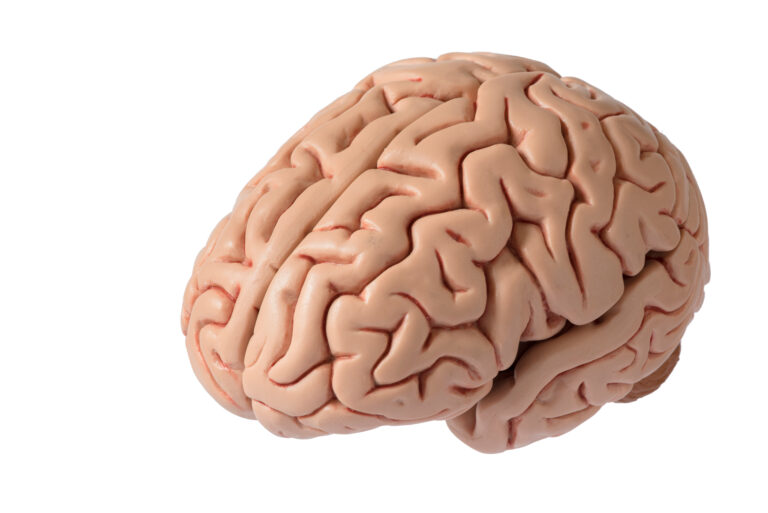The human brain is often referred to as the most complex organ in the body, with its ability to process vast amounts of information and perform complex tasks. Scientists and researchers have long been fascinated by the brain and its capabilities, leading to the development of artificial intelligence (AI) and brain-computer interfaces. But one question has always remained – how can we create computers that truly mimic the functions of the brain? The answer may lie in artificial synapses.
Synapses are the connections between neurons in the brain that allow for the transmission of electrical or chemical signals. These connections are constantly forming and strengthening or weakening, which is crucial for learning and memory. Researchers have been working on developing artificial synapses as a means of creating brain-like computing systems, and recent advancements have brought us closer to this goal.
One such breakthrough was made by a team of scientists from the National Institute of Standards and Technology (NIST) and the University of Maryland. They have successfully created an artificial synapse that is capable of mimicking the plasticity of biological synapses. This means that it can strengthen or weaken its connections in response to electrical signals, just like a real synapse in the brain.
But why are artificial synapses important for brain-like computing? The answer lies in their ability to perform tasks that traditional computers struggle with. Traditional computers rely on binary code, which is a series of 0s and 1s, to process information. This works well for tasks that require precise calculations, but it falls short when it comes to tasks that involve pattern recognition or learning from experience – two key functions of the brain.
Artificial synapses, on the other hand, can process information in a more brain-like manner. They can adapt and learn from experience, similar to how our brains do. This makes them suitable for tasks such as recognizing patterns in data, making decisions based on experience, and even learning from new information.
Furthermore, these artificial synapses have the potential to greatly improve the efficiency and speed of computing. Traditional computers require a lot of energy to perform complex tasks, whereas the brain is remarkably energy-efficient. Scientists are hopeful that by incorporating artificial synapses into computing systems, we can achieve this same level of efficiency.
Another exciting aspect of artificial synapses is their ability to self-organize and form complex networks. In the brain, synapses do not operate in isolation but rather work together to form intricate networks that enable different functions. This is known as parallel processing, and it allows the brain to perform multiple tasks simultaneously. By creating artificial synapses that can self-organize, we can potentially achieve this same level of parallel processing, leading to more efficient and powerful computing systems.
The potential applications of artificial synapses are vast and varied. They could be used in AI systems to create more human-like intelligence, in brain-computer interfaces to improve communication between humans and machines, and in neuromorphic computing systems that mimic the brain’s structure and function. They could also have implications in fields such as healthcare, where they could be used to better understand and treat neurological disorders.
However, there are still challenges that need to be overcome before artificial synapses can be fully integrated into computing systems. For example, creating synapses that can reliably and consistently perform complex tasks is no easy feat. Researchers are also working on developing materials that can mimic the properties of biological synapses, such as the ability to change their conductivity in response to electrical signals.
In conclusion, artificial synapses are paving the way for brain-like computing by mimicking the plasticity, efficiency, and parallel processing capabilities of the brain. With further advancements and research, they have the potential to revolutionize the way we process information and interact with technology. The possibilities are endless, and it is an exciting time for those involved in this rapidly evolving field. Who knows, maybe one day we’ll have computers that can truly think and learn like humans.





